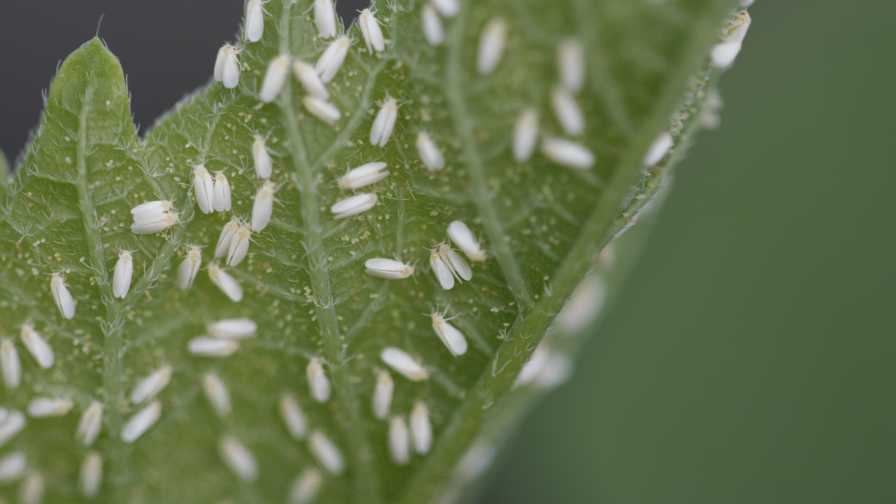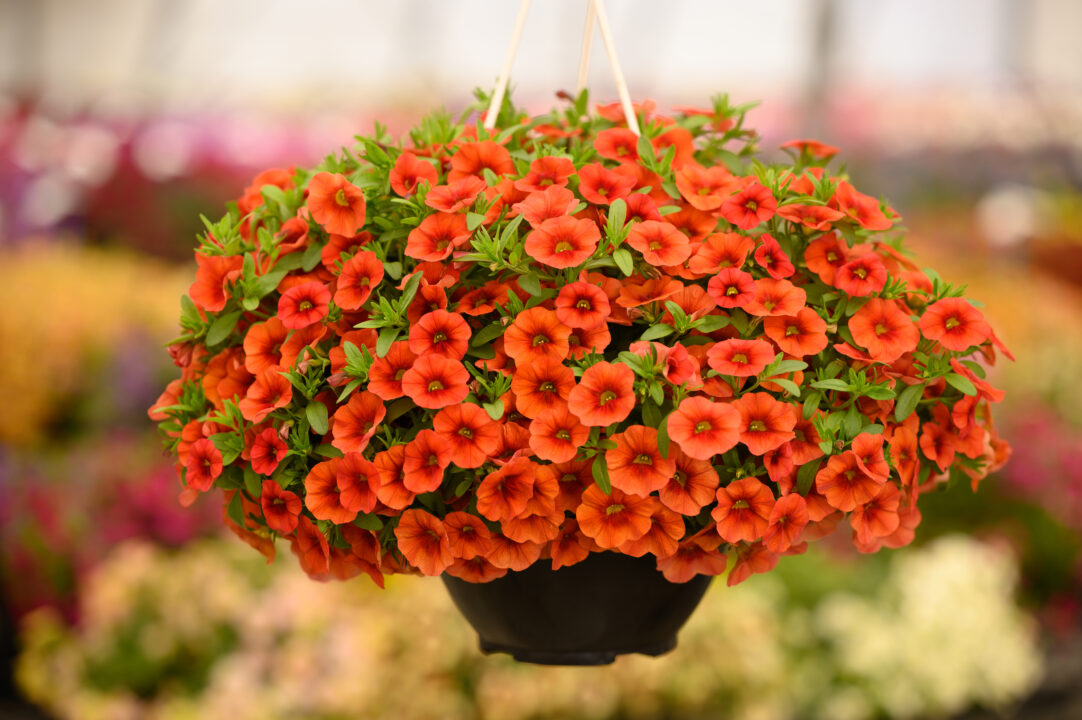Breaking News: Florida Growers Reporting Major Whitefly Management Problems

Photo credit: University of Florida/IFAS
American Hort, the Society of American Florists (SAF), and the Florida Nursery, Growers and Landscape Association (FNGLA) are reporting significant problems with whitefly management in the Southeast.
The following information is included in the group’s report:
Reports have come from the Florida Keys to Palm Beach County that whitefly populations in landscapes are reaching unprecedented levels and are not responding to pesticide applications. Biotype-Q has been found in four different communities (Palm Beach Gardens, Palm Beach Island, Boynton Beach, and Boca Raton), marking the first time Biotype-Q has ever been found on plants outside a nursery or greenhouse.
University of Florida/Institute of Food and Agricultural Science researchers are working with USDA-APHIS, USDA-ARS, the Florida Department of Agriculture, and growers and landscape professionals to manage the developing problem. SAF and AmericanHort are joining with the Florida Nursery, Growers & Landscape Association (FNGLA), and with the Florida Fruit & Vegetable Association (FFVA) in the effort. Cooperation by growers, landscape professionals, and the public is essential.
Of the two major whitefly biotypes, the B-biotype has been present in the U.S. since the 1980s, and is controllable by proper management in growing operations and in the landscape, although some resistance to pesticides is developing. The Q-biotype, first seen in the U.S. in 2005, is much more difficult to manage. Over-spraying in an attempt to try to control the B-biotype may result in the spread of the Q-biotype, and the threat in Florida of Biotype-Q could be great for the commercial production of ornamentals and vegetables through spread of viruses.
In 2005, the USDA convened the Ad Hoc Whitefly Task Force, comprised of state and federal regulators, leading scientists, and representatives of the nursery, cotton, and vegetable industries. The Task Force developed a comprehensive and effective whitefly management program, with specific spraying recommendations for whitefly control.
What Should We Be Doing Now?
Because new populations have built up resistance to chemicals, it is strongly recommended that suspected whitefly infestations be confirmed before chemically treating the insects, as it may be needless to spray pesticides. Testing is fast, free, and confidential.
Go to http://mrec.ifas.ufl.edu/lso/bemisia/bemisia.htm. This site contains the “Management Program for Whiteflies on Propagated Ornamentals” recommended by the Whitefly Task Force. Note that this program was developed for the production of plants in greenhouses, and some of the materials are not registered for outdoor use. There is a separate list of materials registered for whitefly control in the landscape on this website, as well. Do not rely on just one or two effective products. Instead, rotate products with different modes of action to decrease the potential for whiteflies developing resistance.
It is essential that samples of dead whiteflies be sent immediately for genetic identification, which is free. Confidentiality will be preserved. This kind of identification will enable scientists to help track the spread of the Q-Biotype and will allow growers to use proper control programs to prevent further spread.
How To Send A Sample
• Agricultural concerns and green industry growers and landscape professionals may send samples for rapid identification directly to Dr. Cindy McKenzie at the USDA-ARS as noted below
• Infested leaves and dead insect specimen should be wrapped in a dry paper towel, placed in a sealable plastic bag, and then in an envelope. If possible, freeze the sample overnight before transport. Do not transport live insects!
• Include collection information with the sample: date, location, type of vegetation affected, number of suspected whiteflies, and, if possible, any information about pesticides used on the plant. This information is helpful to scientists tracking and advising on management of the pest.
• Send directly by overnight mail to:
Cindy McKenzie, Ph.D.
Research Entomologist
U.S. Horticultural Research Laboratory, ARS-USDA
2001 South Rock Rd.
Fort Pierce, FL 34945
772-462-5917 office
772-462-5911 lab
772-462-5986 fax
If you prefer to submit a sample to FDACS DPI, visit http://www.freshfromflorida.com/Divisions-Offices/Plant-Industry/Business-Services/Submit-a-Sample-for-Identification.
How Can I Receive Updates?
Updates will be posted at http://mrec.ifas.ufl.edu/lso/bemisia/bemisia.htm. You can also sign up to the Listserv to receive periodic information. To subscribe, send an email to [email protected]. Leave the subject line blank and in the text of the message, type the following: Subscribe Bemisia-L YOUR NAME
Source: Society of American Florists










